Still Life Mood Board:
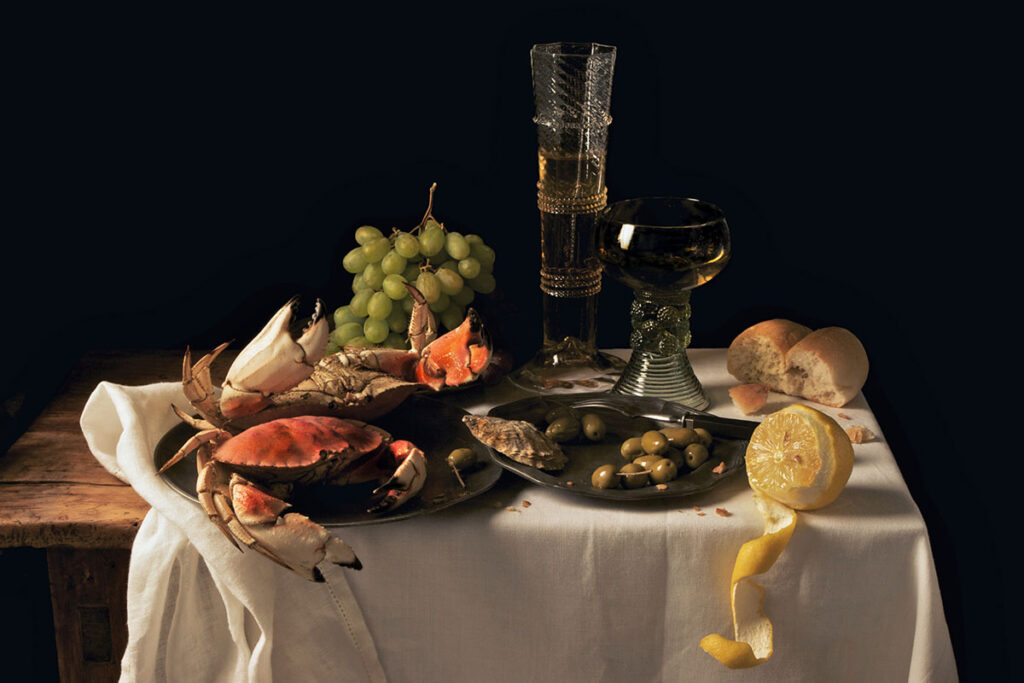
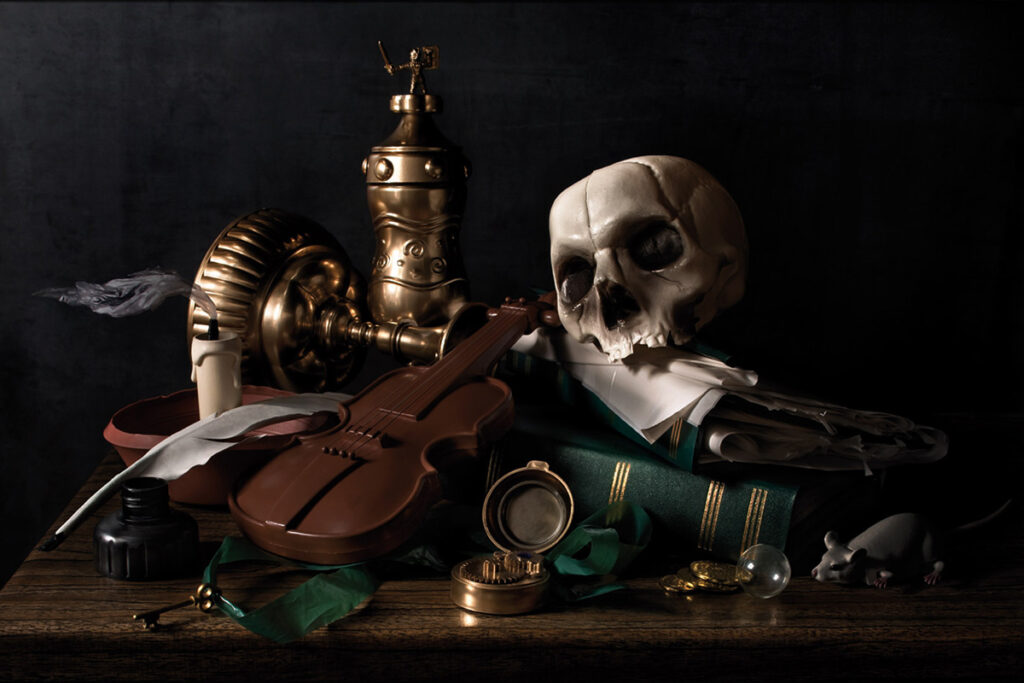
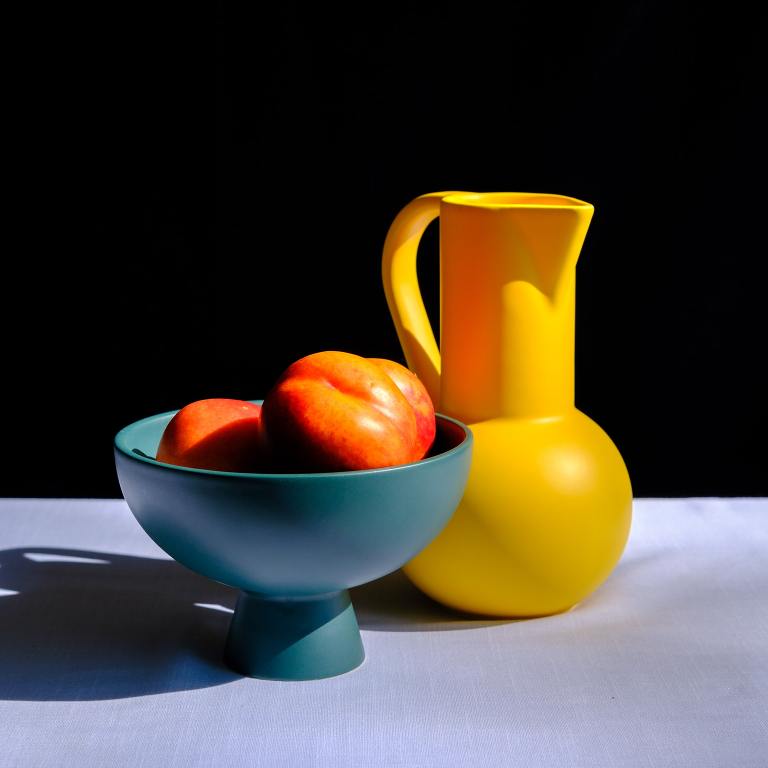
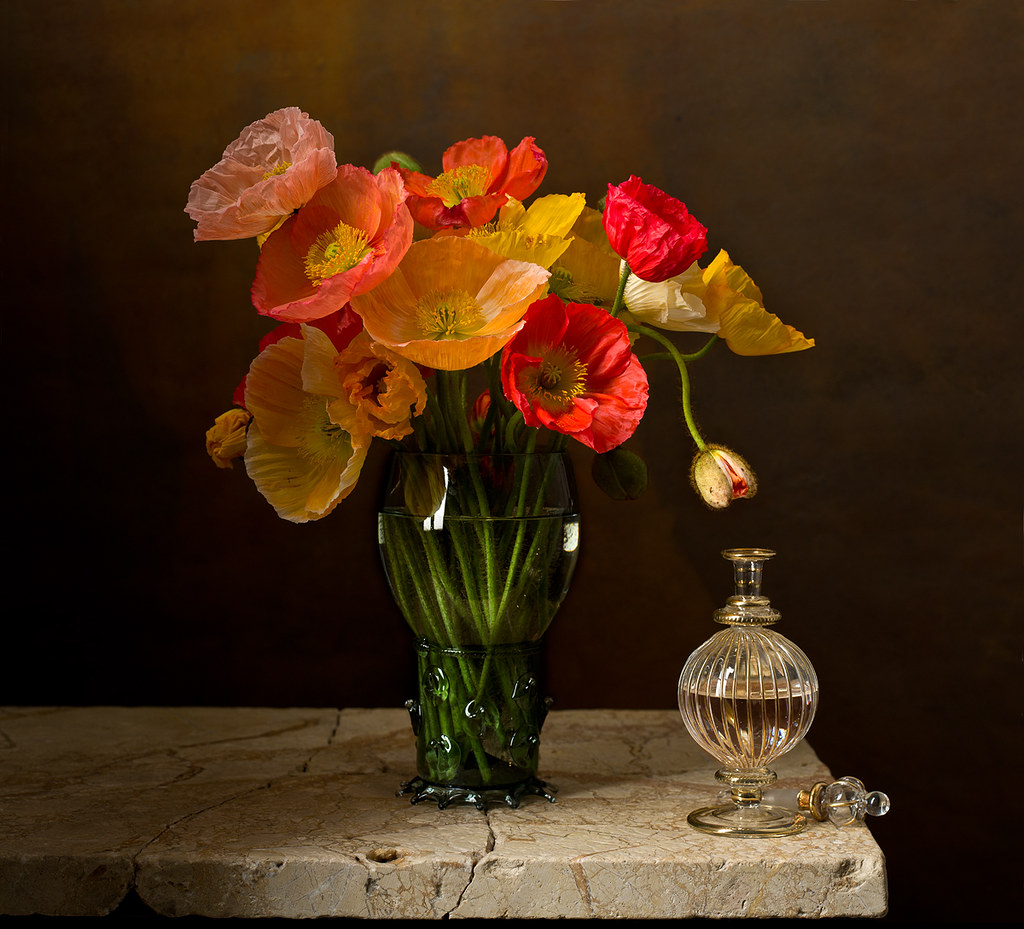

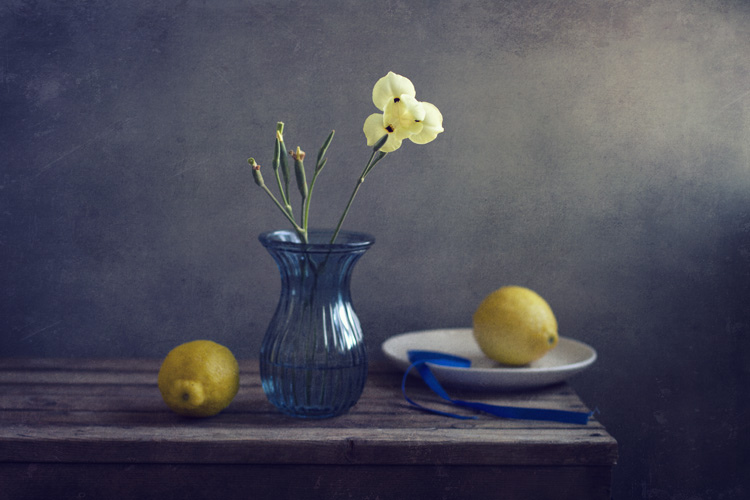
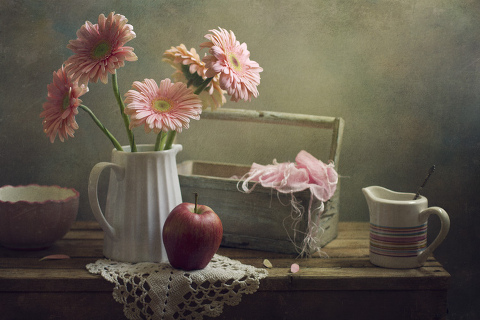
What is Still Life in photography?
Still life photography is a genre of photography used for the depiction of inanimate subject matter, typically a small group of objects. It gives you the opportunity to experiment with light, materials, textures and subjects in a controlled setting.
The term ‘still life’ comes from the Dutch word ‘still-even’ and is popular genre in photography, which captures many inanimate objects. It originated from Dutch colonialism where the Dutch would take objects such as fruit from other countries, and photograph them to show their wealth and value. Often, the most common objects captured in still life is fruit or flowers, as they portray wealth and success.
Introduction to Still Life:
The term ‘still life’ comes from the Dutch word ‘still-even’ and is popular genre in photography, which captures many inanimate objects. It originated from Dutch colonialism where the Dutch would take objects such as fruit from other countries, and photograph them to show their wealth and value. Often, the most common objects captured in still life is fruit or flowers, as they portray wealth and success. Still Life photography is useful because it gives modern day photographers an insight of photography from several years ago, and allows them to recreate and expand on others work. Many still life photographers include objects such as fruits, flowers and jewellery or skulls in their work, as it adds an ancient effect. Additionally, most still life photographers use dark lighting and backgrounds to take their photos, which makes the images look eerie and creepy.
Still Life Mind map of ideas:
Objects:
- Pearls
- Gold
- Flowers
- Jewellery
- Can place lots of small objects together to create one big object
Fruits:
- Fruits such as apples, bananas and oranges can be placed on a black cloth to give a still life effect, usually in abnormal arrangements
- Both new and old fruits can be placed in the same image to show a sequence of aging, this adds a sense of realism.
Nature:
- Nature is often incorporated into still life photography, through the use of different leaves/ flowers etc
- Leaf arrangement
- Variety of colours, shapes and sizes in plants
Background:
- Most photographers use a dark background, sometimes a black cloth to emphasise the darkness. This prevents the viewer from being distracted by the objects.
Some examples of still life photography and research behind them:

Paulette Tavormina:
Paulette Tavormina is an American still-life photographer who was born and works in New York. She is best known for her series, Natura Morta, which is inspired by 17th century Dutch and Spanish painters. Her interest in photography grew in the 1900s, and has progressed ever since.
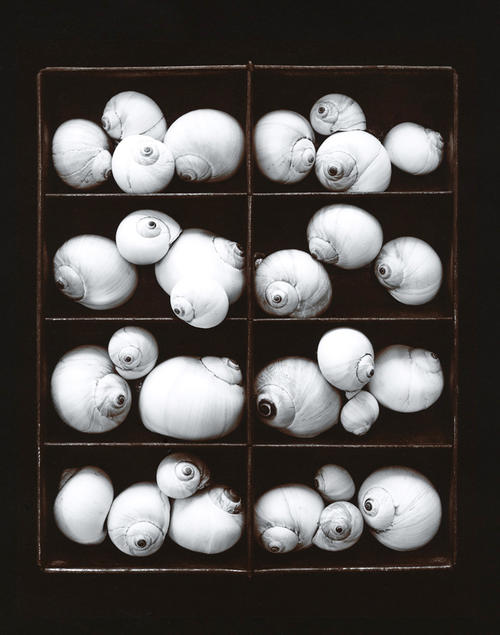
Olivia Parker:
Olivia Parker is a Manchester based, American still-life photographer. She was born in Boston, Massachusetts in 1941. Parker began her career as a painter, but quickly turned her attention to photography by creating photographic assemblages of natural objects.
Still Life Image Analysis:

Here is a still life image that I have chosen to analyse. I chose this photo because it has lots of different objects in it, rather than just a few of the same thing. This makes it eye-catching for the viewer, and leaves them questioning the objects in the image. In this photo, the lighting is natural, therefore it is quite bright. This differs from other photographers still life work because a common theme in this genre is dark and dull lighting, which sets a mysterious mood throughout. This is interesting because clearly the photographer wants to highlight an eerie theme in the photo.
The black cloth that the objects are placed on also looks very old and creased, which adds to the mystery and seems as if the photographer has tried to make the photo look ancient. This is effective because it inspires modern day photographers and shows them what ancient photography was like.
The artist has also used common objects in this image such as fruits, skulls and nature. These three combined immediately set an intimidating and eerie mood to the photo, and can make the viewer quite uncomfortable. The angle that this photograph was taken at is also unnatural. This is because all of the objects are arranged in a specific way, where they are all slightly tilted to the side rather than being straight on from the camera. Overall, I think I could create similar images to these photographers by going to the studio, using a dark background and dim lighting to capture an irregular arrangement of a variety of objects.
